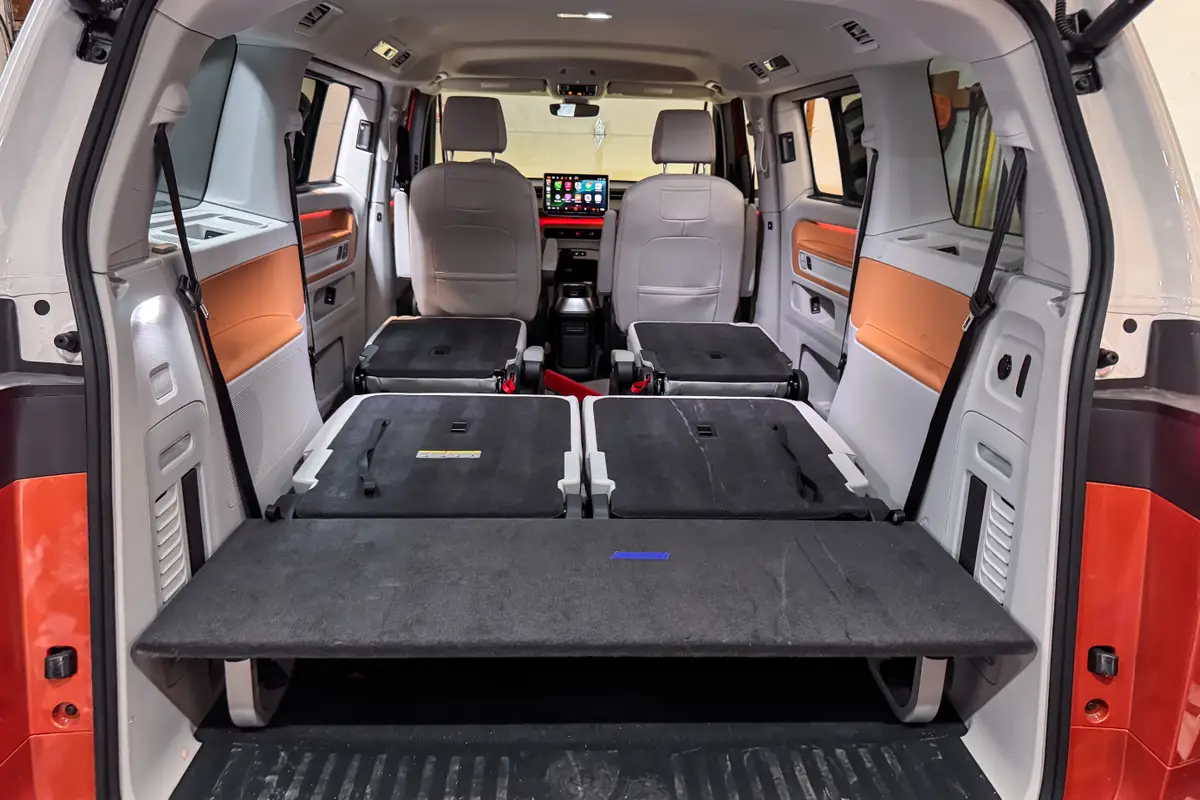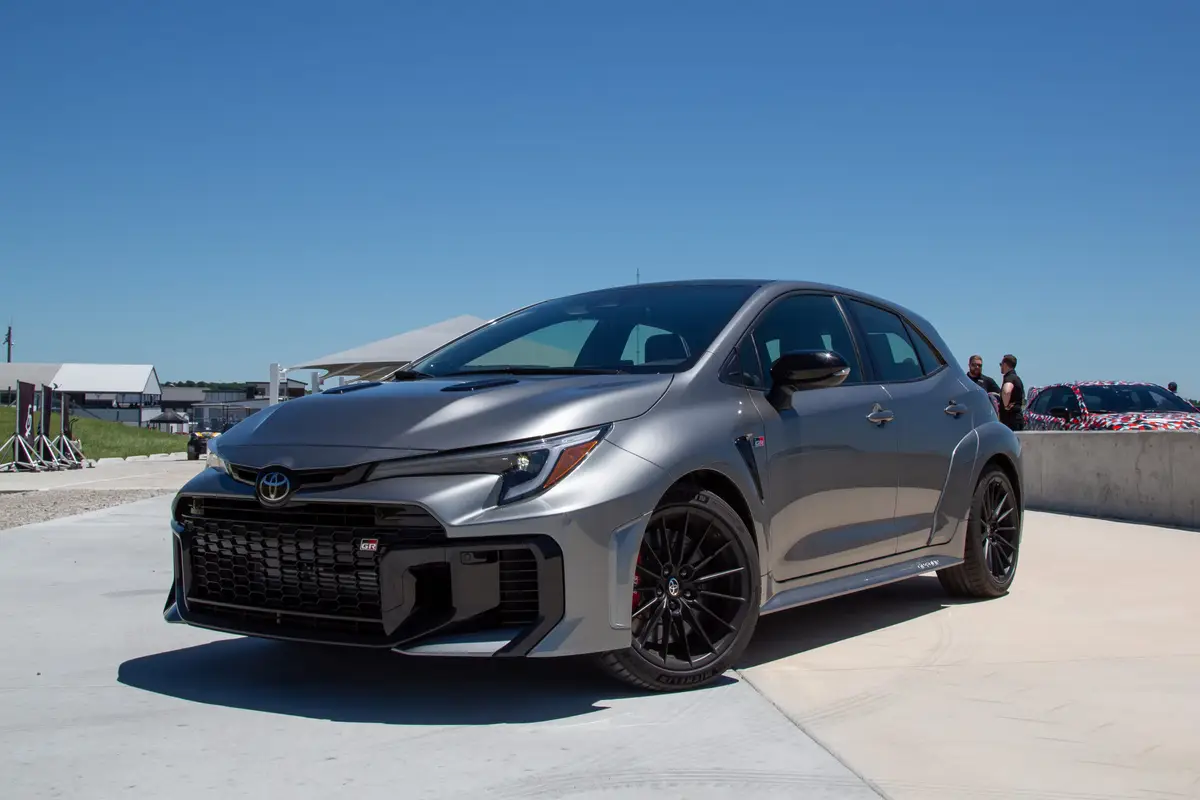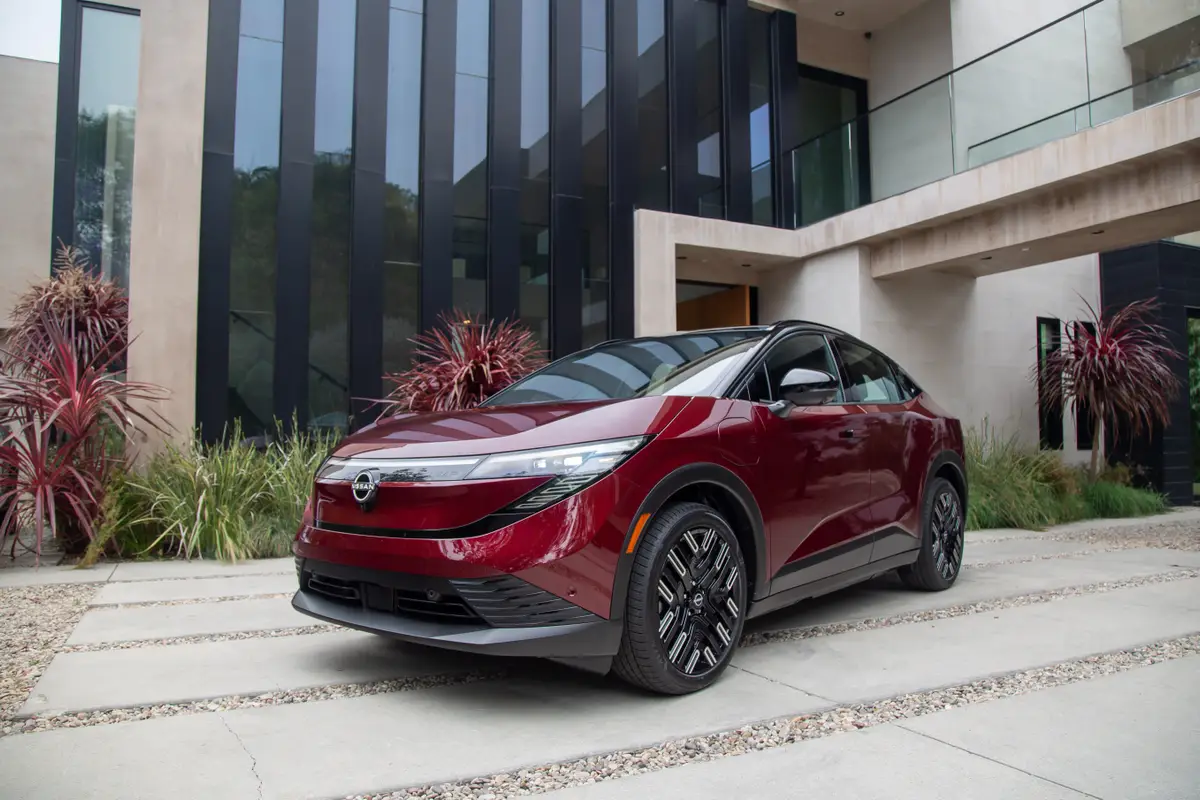Reduced MPG in Six Ford Models Matches Cars.com's Results


If Cars.com editors’ observed mileage is any indication, more drivers should see real-world fuel economy figures that match the new EPA numbers on six Ford models.
Ford Lowers Fuel Economy Ratings on Six Cars, Will Reimburse Owners
Ford announced June 12 that it would reduce EPA mileage on six vehicles – the 2013-2014 C-Max Hybrid and C-Max Energi plug-in hybrid, the 2013-2014 Fusion Hybrid and Fusion Energi plug-in hybrid, the 2013-2014 Lincoln MKZ Hybrid and the 2014 Fiesta – because of an error in EPA mileage tests. The revisions, which downgrade EPA combined mileage as much as 7 mpg on the hybrids, will appear on new-car window stickers this week.
We’ve tracked mileage in four of those six cars, and our results fall a lot closer to the revised numbers than what they used to be. We haven’t spent enough time behind the wheel of the Fusion Energi or MKZ Hybrid to report on mileage yet, but here are the rest:
Fusion Hybrid
Ford revised the 2013-2014 Fusion Hybrid’s combined mileage to 42 mpg versus the earlier 47 mpg. That’s in line with what we observed in late 2013, when we averaged 41.8 mpg in a 2014 Fusion Hybrid over 286 miles of driving, mostly in traffic with an average speed of 25 mph. That’s better than the 40.6 mpg we logged over 201 miles in a 2013 Fusion Hybrid a year earlier, but Ford released a software update between the two tests with recalibrated electronics to improve real-world mileage. Either way, the revised 42 mpg is much closer to our results in both test cars.
C-Max Hybrid
We easily beat the 2013-2014 C-Max Hybrid’s new figures, which mark the car’s second EPA mileage reduction in nine months; it now stands at 40 mpg. We reviewed the C-Max in January 2013, seven months before Ford issued drivetrain recalibrations intended to raise real-world gas mileage. Still, during our 100-plus miles’ testing, we averaged low-40s mpg on the trip computer. One editor averaged 41.0 mpg and 47.4 mpg in two separate highway commutes with temperatures in the low 30s.
The C-Max Energi plug-in hybrid threw us for a loop, however. In the winter of 2013, Detroit Bureau Chief Aaron Bragman observed high-30s mileage “despite very careful driving and maximum use of EV mode.” During Bragman’s week – when temperatures ranged from the 20s to the 60s – the C-Max Energi’s predicted EV range on a full charge read from 10 miles to 17 miles, all well below the car’s 21-mile EPA rating. Fast forward to the revised figures and our observations fall in line with the C-Max Energi’s new 38 mpg EPA rating (down from 43 mpg). Still, we never saw the EPA’s revised 19-mile EV range (down from 21 miles).
Fiesta
Ford reduced the 2014 Fiesta’s EPA mileage by zero to 2 mpg, depending on configuration. In the fall of 2013, we put more than 400 highway miles on a stick-shift 2014 Fiesta SE and observed 40.2 mpg. That beat the car’s prior 27/38 mpg (city/highway) EPA rating, and it’s well beyond the revised 28/36 mpg.
What Happened?
Raj Nair, group vice president of global product development at Ford, said in a company statement that Ford had “identified an error in our testing processes.” The automaker has corrected the error and plans to reimburse owners of all six models as much as $1,050.
“Like all automakers, Ford determines the fuel-economy ratings for our vehicles using prescribed EPA methods and procedures in a controlled laboratory environment,” Nair explained. “Ford’s error was specific to a factor called ‘total road load horsepower,’ a vehicle-specific resistance level used in laboratory testing that determines fuel economy ratings. Road load horsepower is established through engineering models that are then validated through vehicle testing, including physical track tests referred to as ‘coast-down’ testing.”
Recall that erroneous “coast-down” testing data caused Hyundai-Kia to revise fuel-economy in late 2012 across dozens of 2011-2013 models. Coast-down testing validates RLHP, so Ford’s error may have been related. Ford found out by testing its production cars.
“Based on physical testing of the Fusion Hybrid, the company found that the road load horsepower was not consistent with the engineering model used for laboratory testing,” Nair continued. “Specifically, we found an error in how we correlate wind-tunnel results into the engineering model.”
That means inconsistencies existed between production cars and engineering models – specifically Ford’s assessment of aerodynamics.
“It would have had to be a big difference [in aerodynamics] to account for 7 miles per gallon,” James Smith, a professor of mechanical and aerospace engineering at West Virginia University, told us. Smith was president of the Society of Automotive Engineers in 2009. “Road load and all those other things, they all contribute” to laboratory results, Smith said. “A lot of times you will get a number for a test vehicle that’s really not a production vehicle yet.”
Still, he doesn’t suspect foul play or negligence. “Automakers are very rigorous about the testing they do,” he said. “These are tests that everyone knows, and they actually try to emulate actual driving conditions.”
Countless equipment variations can impact aerodynamics, Smith added. But in “99.9 percent of the cases, [automakers] try to do the best they can. And I think they’re human, and they possibly make a mistake once in a while.”
Cars.com photo by Evan Sears

Former Assistant Managing Editor-News Kelsey Mays likes quality, reliability, safety and practicality. But he also likes a fair price.
Featured stories




